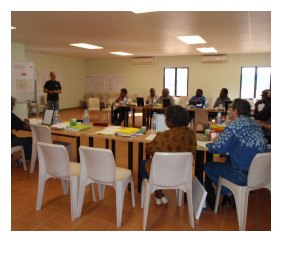
The Northern Territory Government first announced the structural reform of local government in the Northern Territory on the 31st of January 2007. The new Central Desert Shire Council came into existence on the 1st of July 2008.
The Local Government reform changed the way local government services where delivered to people living in remote communities. Eleven new Shire Councils were established in the Northern Territory, with the five existing municipal councils (Alice Springs Town Council, Darwin City Council, Katherine Town Council, Palmerston City Council and Litchfield Council) continuing to operate.
The new council region took in a large area of unincorporated land, and the communities that were previously managed by the local government bodies of:
On 1 January 2014, the NT Government enacted further reforms to local government in the Northern Territory. The reforms mandated Local Authorities (replacing Local Boards) and changed the name of the Central Desert Shire Council to the Central Desert Regional Council.
The Story of our Region was written at the formation of the Shire Council in 2007 and you can read it here: Story of Our Region
There are three major Aboriginal languages spoken in the Central Desert region, they are Warlpiri, Anmatjere and Eastern Arrernte. English is commonly spoken as a third or fourth language. This culturally strong and linguistically diverse region highlights the importance of maintaining strong connections to country, and healthy family relationships. Whilst each language is different, nearly all Aboriginal people living in the region can understand each other and are usually fluent in several languages.
There are up to eight male and female skins groups that Warlpiri, Anmatjere and Eastern Arrernte maintain which determine the kinship systems that operate in Central Australian Aboriginal society. The kinship system is an important way in which Aboriginal society is organised around family relationships. It is a system that underpins how people relate to one another and determines people roles, responsibilities and obligations to each other, to ceremonial business and to country.
Marriage, ceremonial relationships, funeral roles and the type of behaviour appropriate between family members are all determined by the kinship system. Although there are an increasing number of ‘wrong skin’ marriages, families find ways to accommodate these contradictions. There are also particular ‘avoidance relationships’ that require a strict social distance to be maintained, such as the relationship between mother in law and son in law.
The kinship system varies between different regions and is expressed through the use of ‘skin names’ which divide societies into named categories that relate to one another through the kinship system. A person gains a skin name at birth based on the skin names of his or her parents, the skin name they are given will indicate the skin group (section/ subsection) that the person belongs to (Central Land Council, 2008).
The Central Desert Regional Council area Community Profile provides demographic analysis for the regional areas of NT including Central Desert Regional Council. The information is based on results from the Censuses of Population and Housing. The profile is updated with population estimates when the Australian Bureau of Statistics (ABS) releases new figures.
The Community Profile includes:
Access to Central Desert's community profile is provided with the assistance of Regional Development Australia (NT).